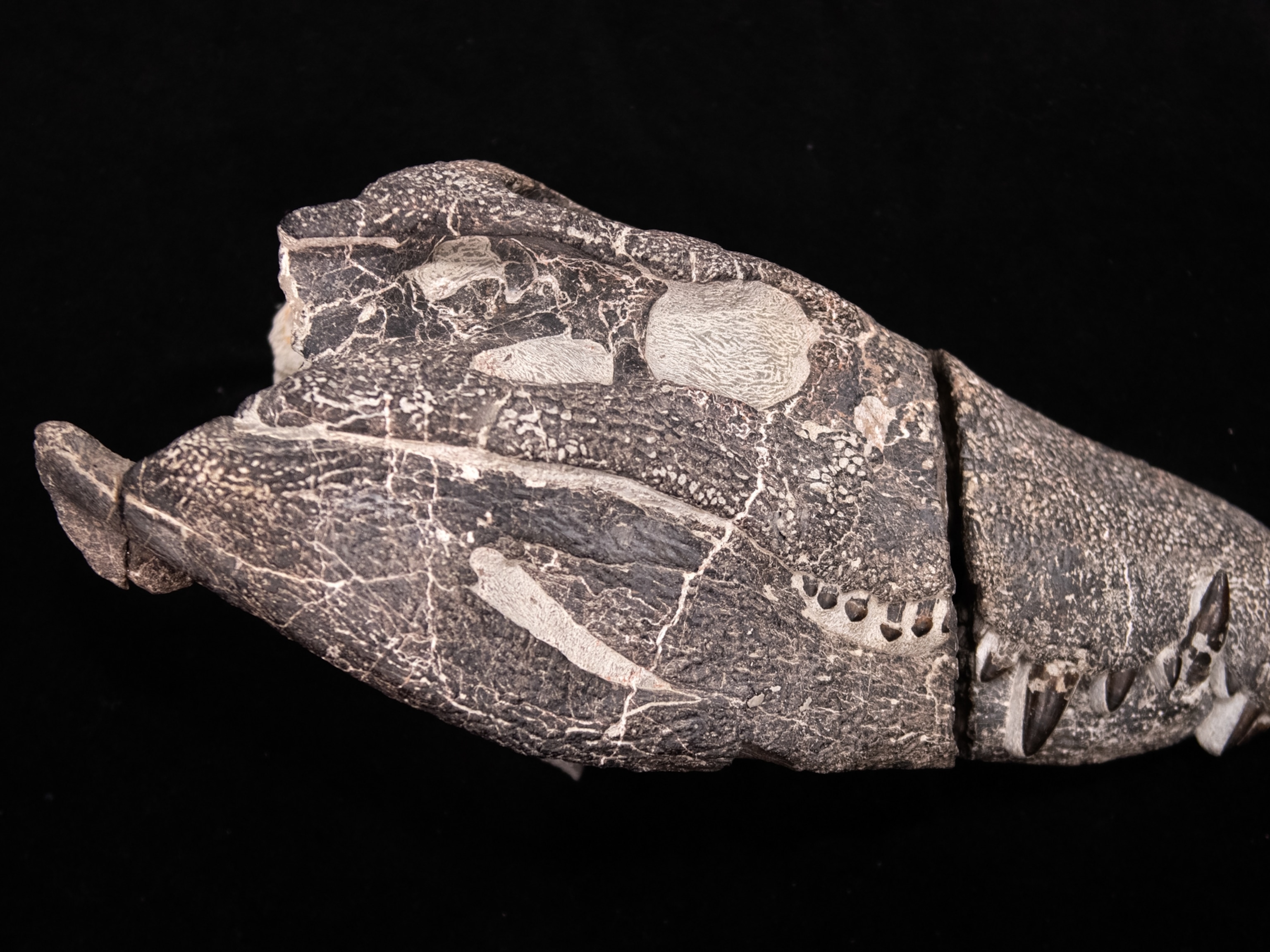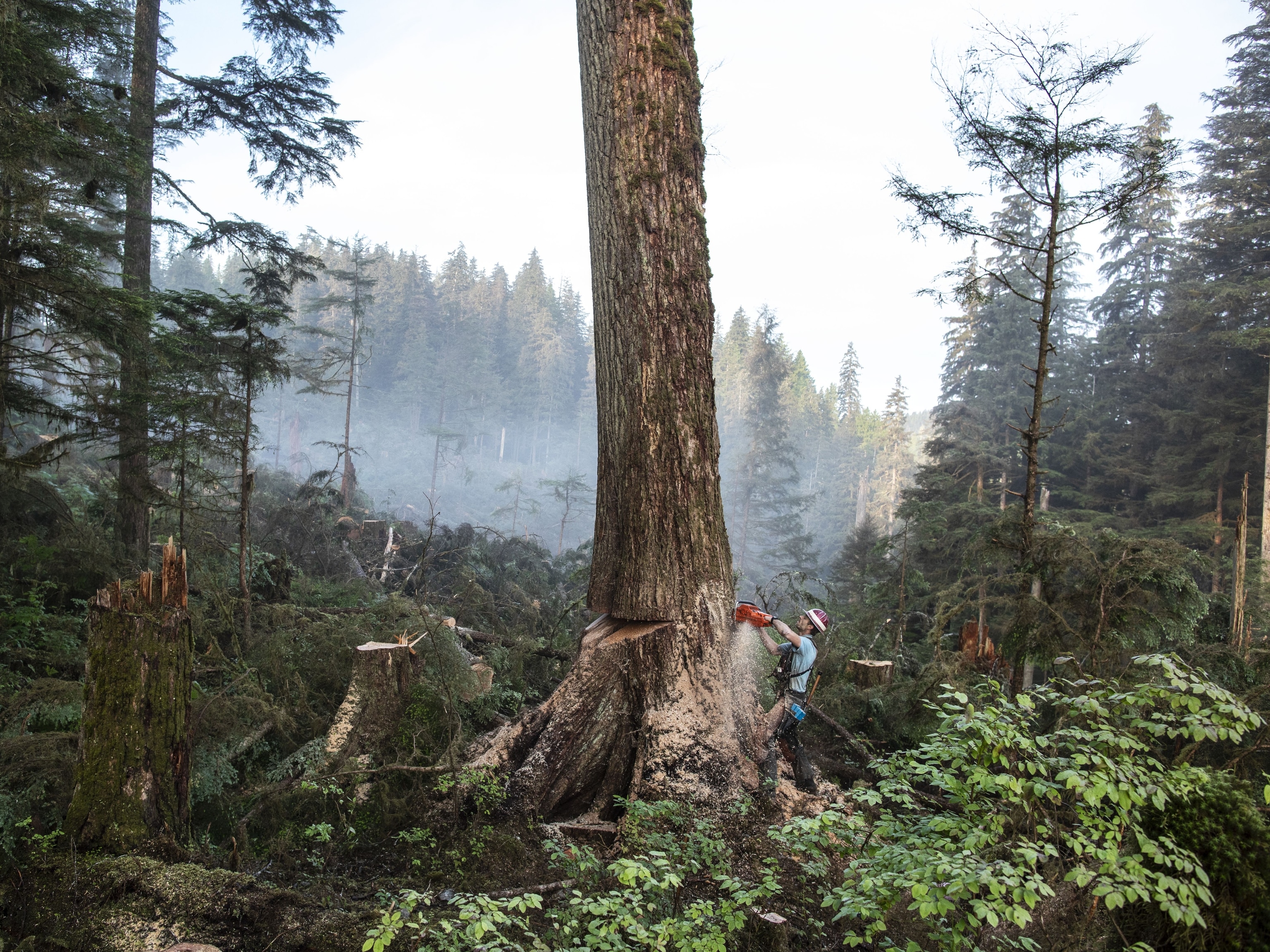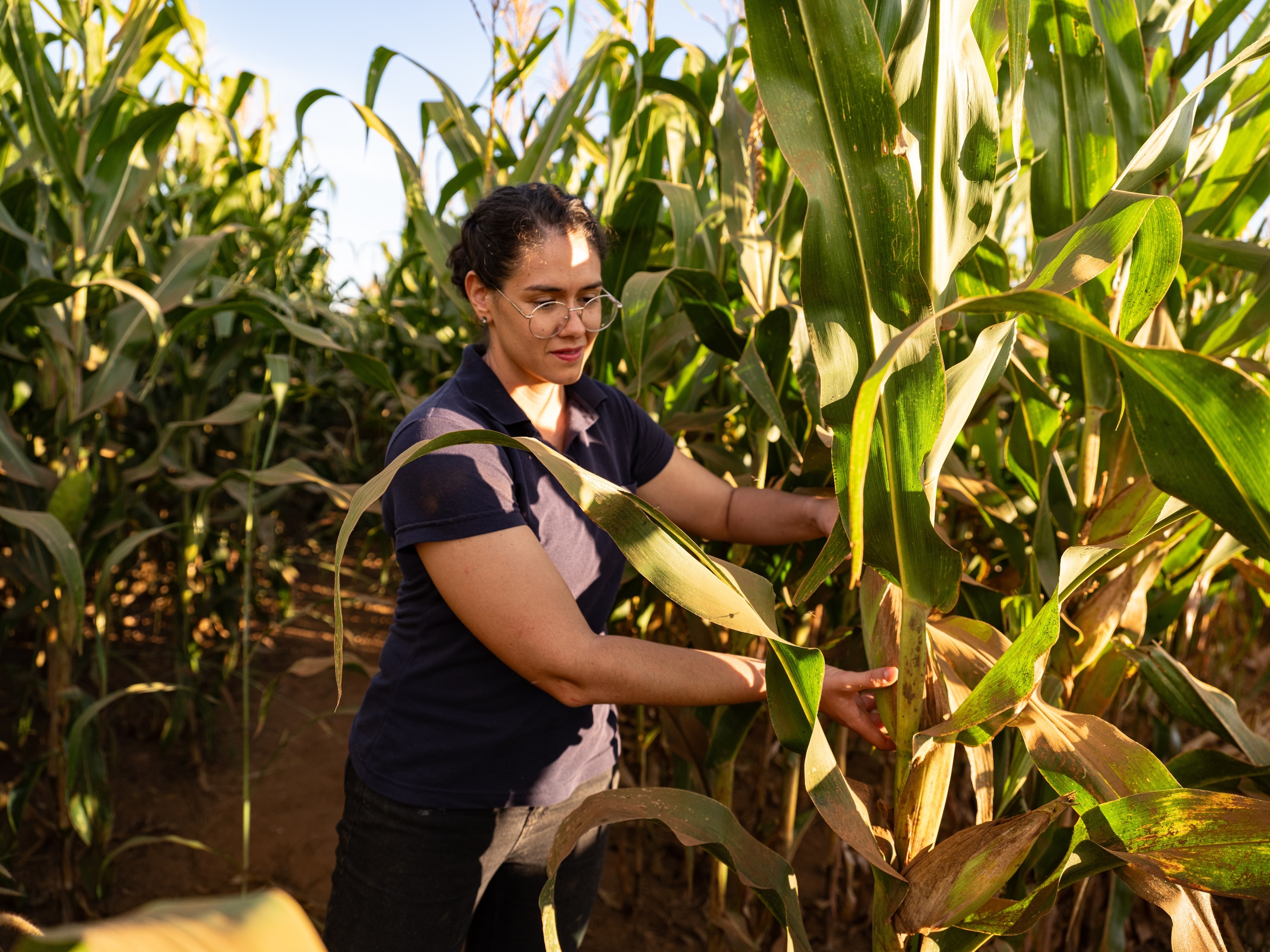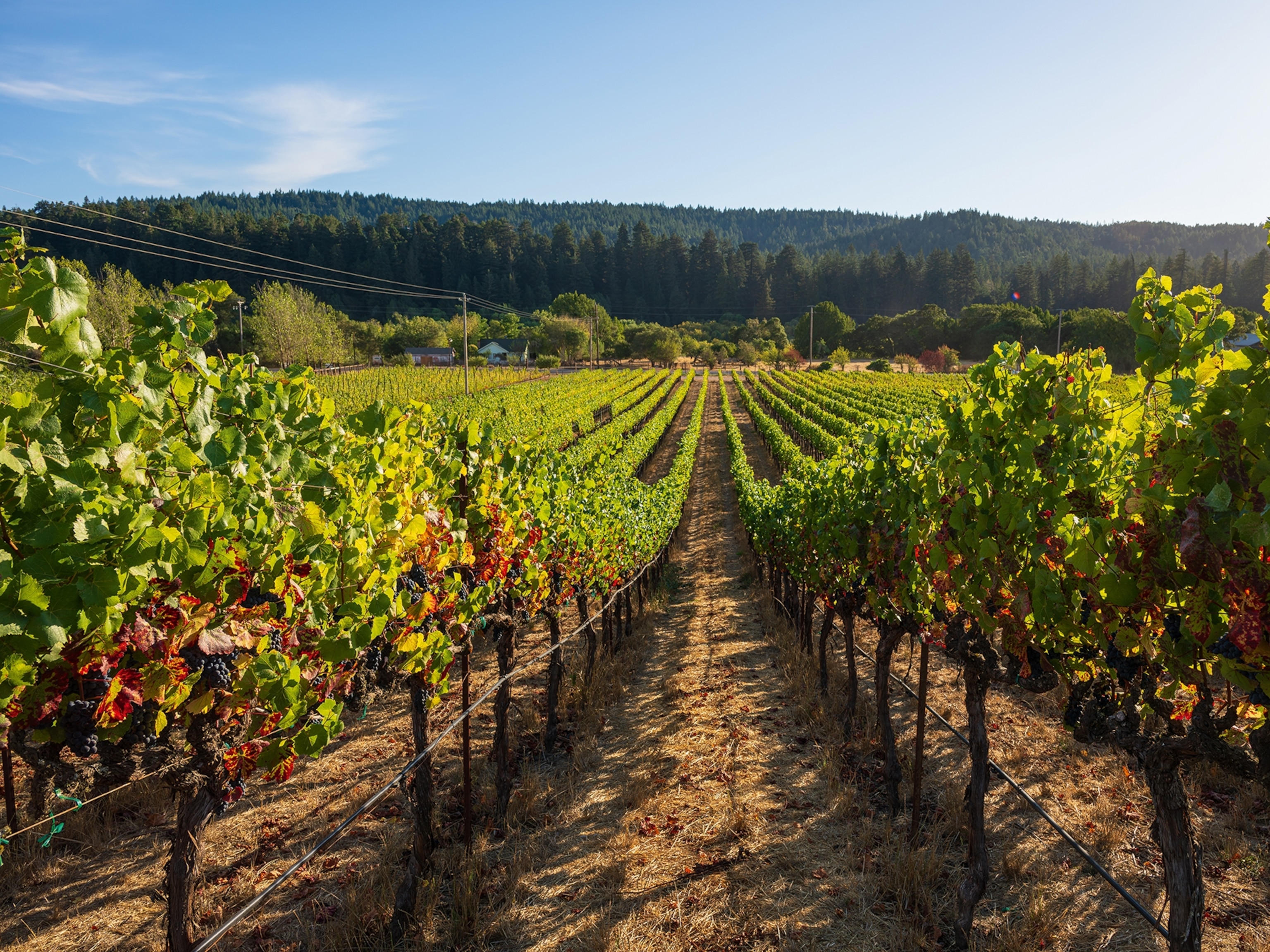In Ethiopia's southwestern highlands, considered to be the birthplace of Arabica coffee, a centuries-old drying process has withstood the test of time. Called the dry, or natural, method, the ancient technique uses the intense rays of the sun to dry whole coffee cherries. The result is an aromatic coffee infused with layers of sweetness, ripe fruit flavors, floral notes, and an incomparable coffee heritage.
"When you drink Ethiopian coffee, it's as if you are taking a sip of history because the process has been repeated and perfected for centuries," says National Geographic photographer Rena Effendi, who traveled to Sidamo, one of Ethiopia's main coffee-producing regions, to experience the area's deeply ingrained coffee culture.
On her visit with Sidamo coffee farmer Bekele Erango and his family, Rena was able to observe firsthand how agronomists with Nespresso's AAA Sustainable Quality™ Program are helping growers to ensure a consistent supply of high-quality Ethiopian coffee. Together, they work to achieve this by blending the region's ancient traditions with modern agricultural techniques.
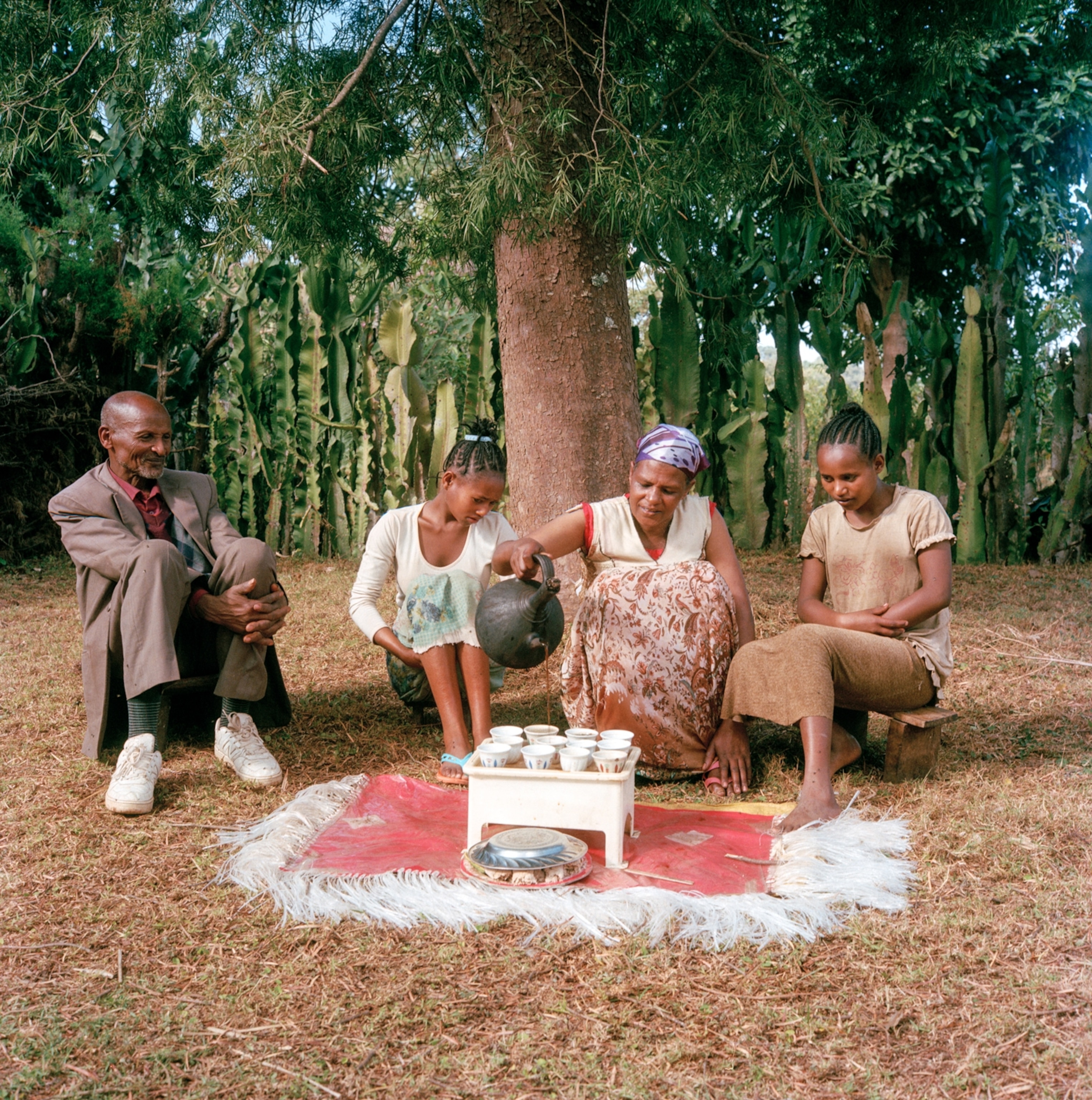
"In Ethiopia, people treasure their coffee as part of life," she says. "Every morning, families conduct a coffee ceremony, an ancient ritual of roasting, grinding, brewing, and serving coffee—coffee that has been grown the same way for generations."
The signature aspect of the Ethiopian "craft" is known as the natural or unwashed method, an ingenious workaround to the region's inconsistent water supply. Immediately after harvesting, many Ethiopian farmers spread out the fresh-picked, whole cherries on mats in the sun, painstakingly turning the cherries by hand at regular intervals over four weeks to ensure the coffee dries evenly. However, this method can also allow ground moisture to seep into the cherries, potentially altering the distinctive flavor and causing contamination.
A simple improvement is raised bamboo beds instead of mats. In addition to keeping the coffee off the ground and away from moisture, the elevated platforms enhance air flow, ensuring the cherries dry more evenly. But Sidamo farmers needed convincing to alter an age-old practice. "It took seeing it for the farmers to believe it," says Rena, referring to the greater yields of better-quality cherries produced on demonstration farms. "It started with one farmer who was more amenable to change, then other farmers began participating when they saw the results."

Nespresso, with the support of its partner TechnoServe, has worked closely with farming communities to build long-term relationships with growers and advise them on best agricultural practices, including the improvement in the drying process. Overall, farms that implemented the AAA program produced more high-quality coffee that meets Nespresso's standards for aroma and taste. The extra profit has helped some Sidamo farmers send their children to school, build homes, and invest in their farms. "The coffee culture in Sidamo has always been deeply ingrained in life,” Rena says. “What's different now, farmer Bekele Erango told me, is that once he adopted Nespresso AAA program practices, productivity dramatically increased. His hope now is that his children can see the benefits and see a future in coffee farming."
“For a region where coffee and culture have been inextricably linked for centuries,” says Rena, “the sustainability practices and improvement in cultivation encouraged by Nespresso are reassuring farmers that their coffee traditions will continue for generations.”

